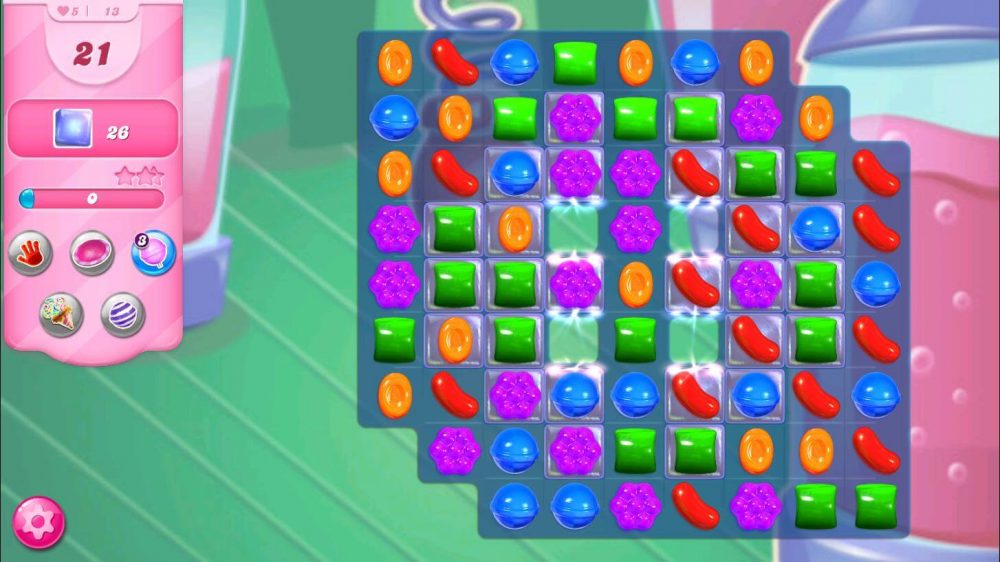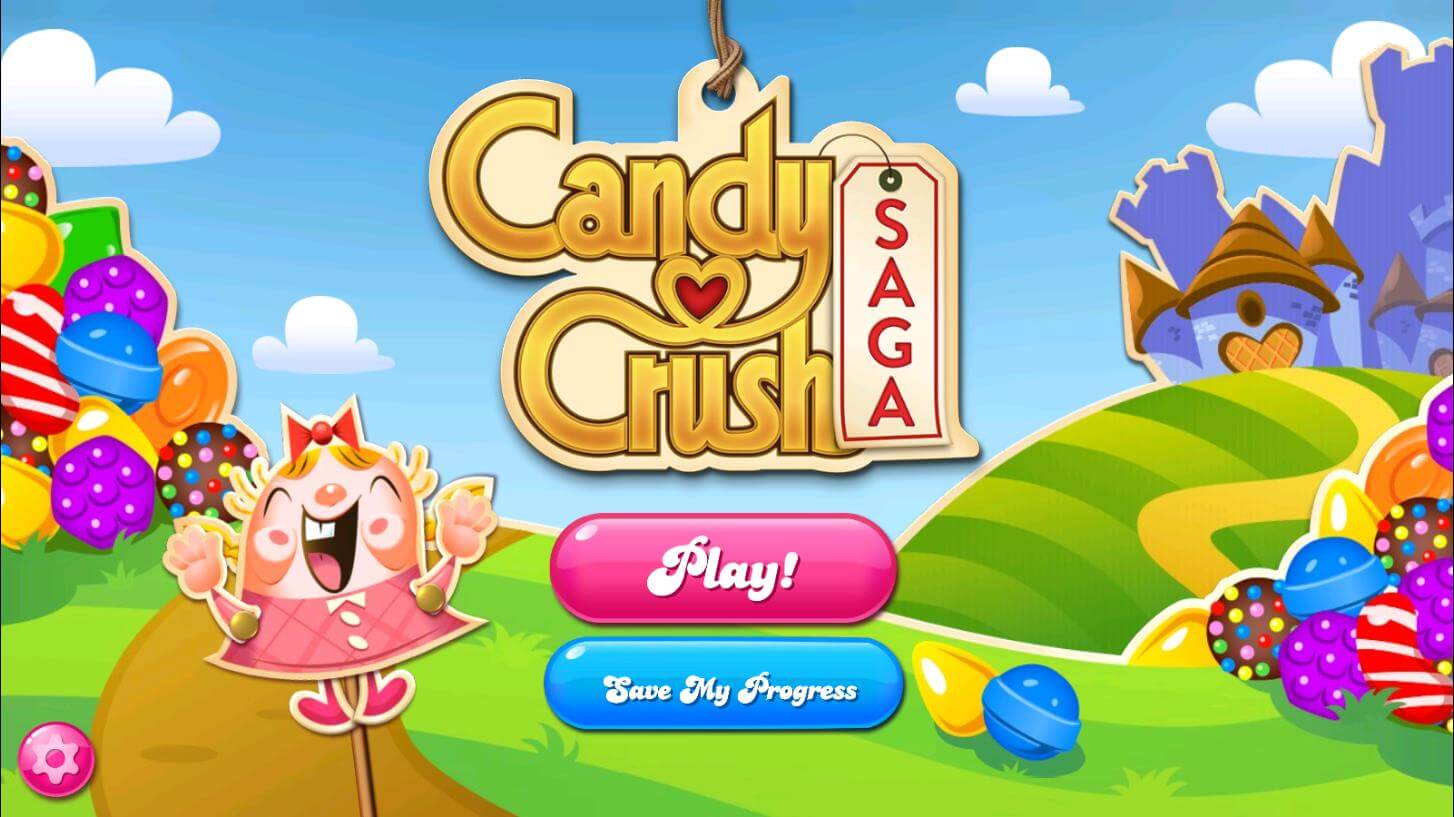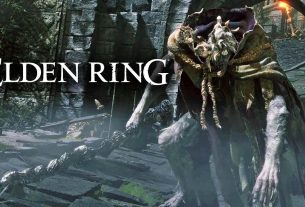Are you still playing Candy Crush Saga? Have you ever wondered why? What makes this match-three game so addicting?
There are plenty of questions surrounding the bewildering interest of Candy Crush Saga. So in this article, let us take a closer look at the mystifying addiction for this puzzle game. Why is this game franchise booming up to now? What makes it one of the most widely played games still?
The Addiction to Candy Crush Saga
If there is a game that enjoys massive success, it would be Candy Crush Saga. This match-three puzzler has been played billions of times, even after about a year that it was launched.
Did you know Candy Crush is also the first game to become number one on three platforms at the same time? It ranked first on iOS, Android, and Facebook simultaneously. In fact, one in every 23 Facebook users enjoys this candy game.
So what makes this game so addicting? Let us take a look at Candy Crush.
Understanding the Compulsion
Candy Crush Saga enjoys millions of downloads, even to this day. This saccharine-splattered treat triggers an inexplicable compulsion, which is utterly mind-blowing. Games like Farmville and Flappy Bird give certain pressurization to play that is beyond understanding. What is going on here?
To find out what makes people keep on playing, let us look to the experts. Cyber-psychologist Berni Good and gaming psychologist Jamie Madigan got to the bottom of things. They examined the elements that contribute to the addition of these casual games.
Like Jewel Quest and Bejeweled, Candy Crush Saga operates around a compulsion loop. These match-three puzzle games revolve on a repeating sequence of events. First, you perform an action then follows a reward. What comes next is another possibility, which opened up as a result of your previous actions.
This compulsion loop goes on and on. As a result, the loop gives rise to two crucial psychological motivating forces: pattern recognition and reinforcement.

How Our Brain Works
Our brain is wired to look for patterns and sequences. It is our evolutionary method of reading the environment. So scanning for patterns in Candy Crush Saga seems like a natural thing to do. This explains why it is inexplicably pleasurable to scan for possible color matches in the game.
Now, that is pattern recognition. So where does reinforcement come in?
Candy Crush Saga uses a tight system of rewarding the player when the desired action is performed. In this case, when you match three or more sweet treats, you get the corresponding reward.
It is obvious by now that the game uses the trifecta of risk, reward, and opportunity. In Candy Crush Saga, the risk may mean the challenges within the game. Now, combining these three elements, you get a smooth and cohesive system that triggers compulsion.
With a compulsive loop so tight, it can be difficult to escape. This explains why the game is so hard to quit.
Dissecting the Reward System
Here is another compulsive element in Candy Crush Saga. It is called disproportionate feedback. What is this about?
Our brain has an innate reaction to chaos. It seeks to tidy up and restore order to things. This is why it gives its players an instinctive satisfaction. It offers contentment after fixing something askew or lopsided; in this case, the disorganized saccharine sweets.
Pair it with the complex reward circuitry in our brain, then you get an airtight compulsive loop. The game triggers an influx of pleasing feedback everything you match three or more of the same candies. Notice how a successful move activates the game’s upbeat music, flashing colors, and affirming positive feedback. All these appeals to the brain’s reward receptors.
With a sequence of successful moves, you multiply the reward effect. These strings of affirming feedback can give the brain a pleasure rush.
Are you addicted to Candy Crush Saga?




